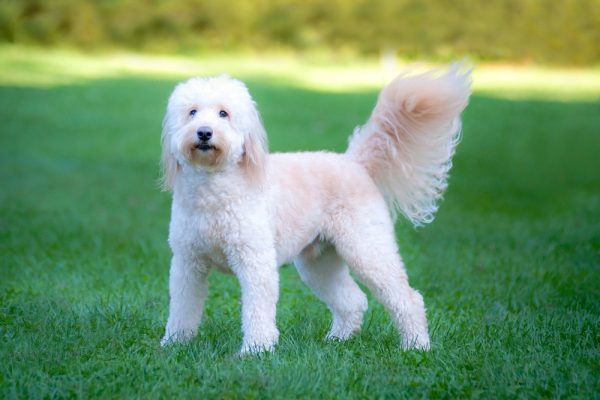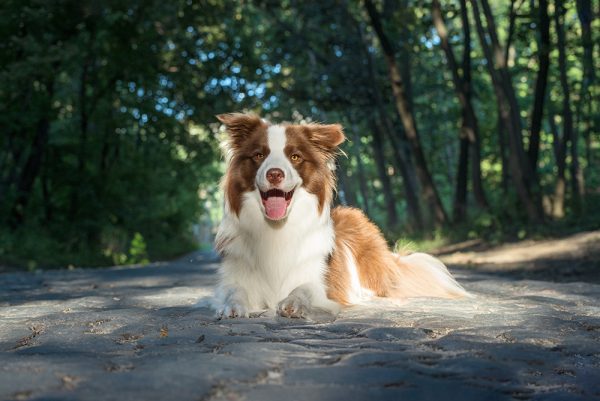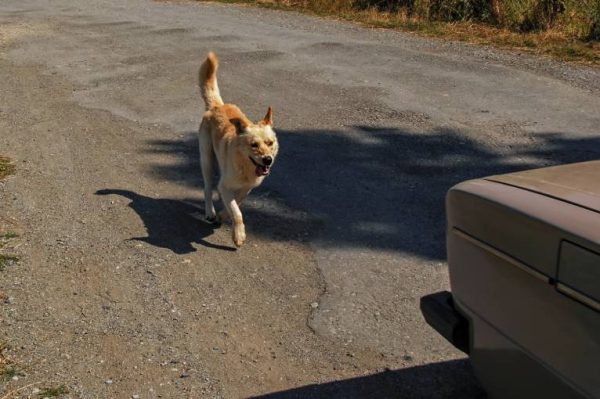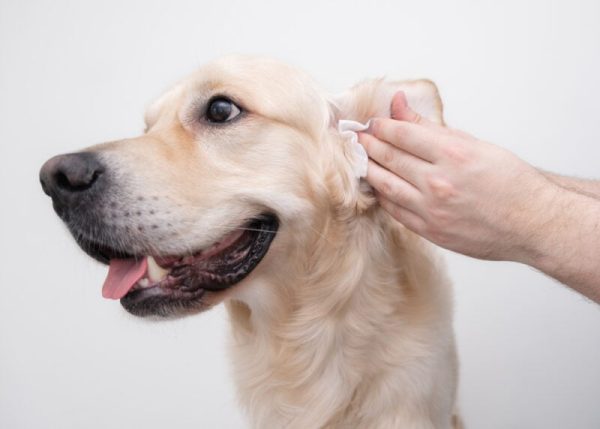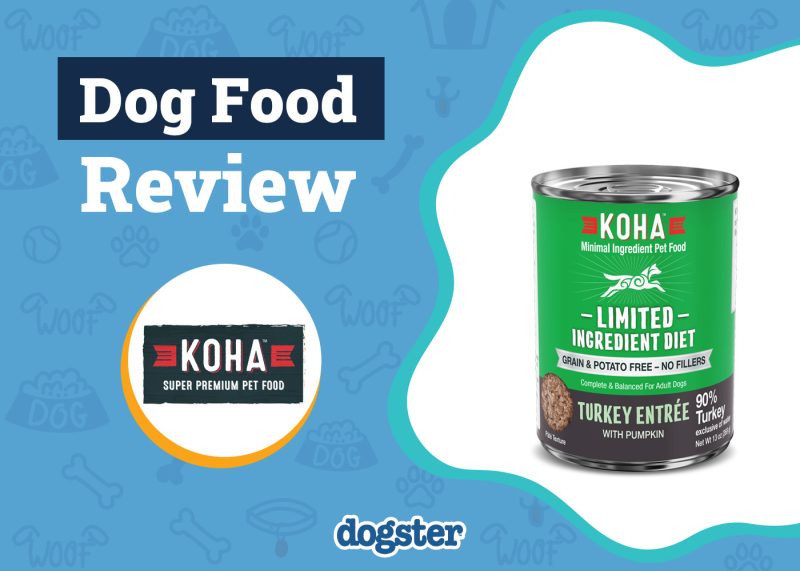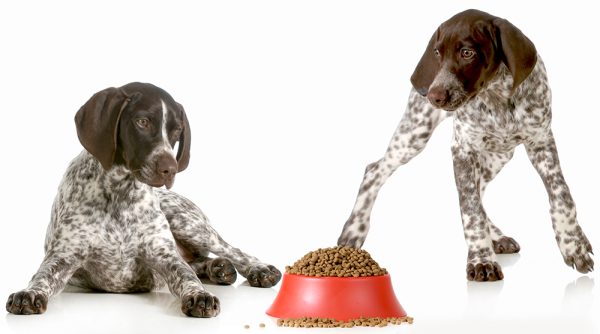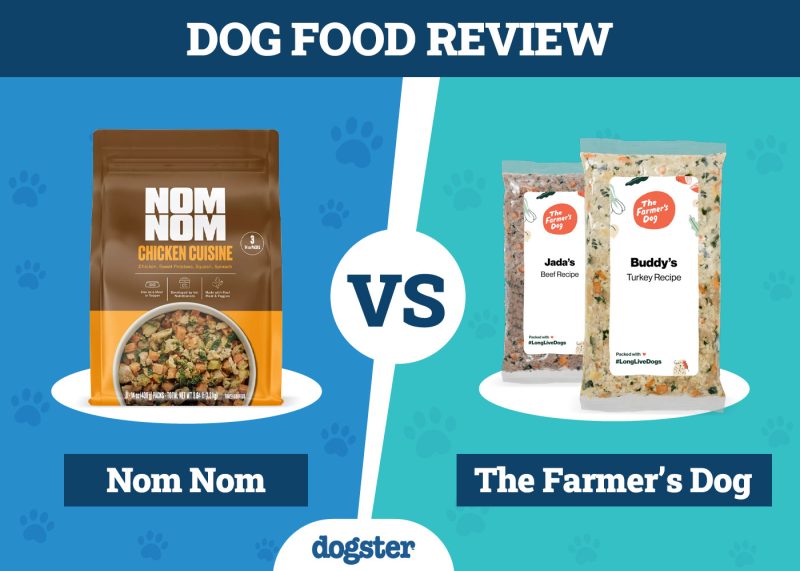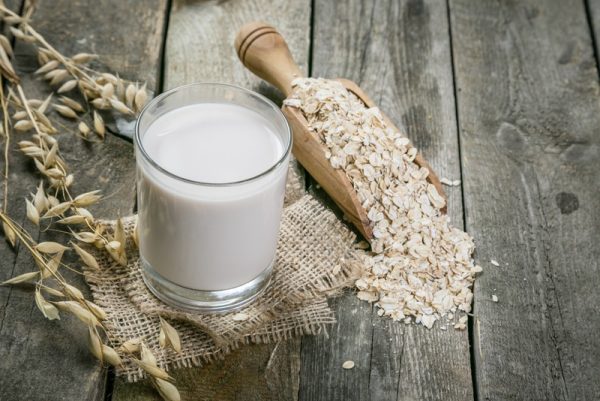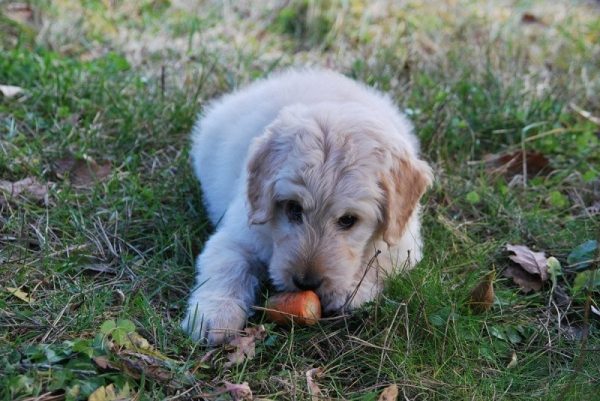For dogs recovering from illness, veterinarians often recommend bland food like homemade chicken and rice 1. It’s an easy-to-digest, low-fat, single-protein diet that is great for gastrointestinal problems. When a dog is sick, this protein and carbohydrate mix can also help to gradually increase their appetite. It’s not suitable for long-term use, but chicken and rice are still nutritious enough to get your dog back on track.
How much chicken and rice should you give them? How do you prepare it? With our simple tips and recipes for making chicken and rice for dogs, we’ll help you figure out the best way. Your furry friend will wag their tail when they smell this delicious meal!

Before You Get Started
You should choose the highest-grade chicken you can afford. The easiest option is boneless chicken breasts since you won’t need to trim the fat or remove bones. If at all feasible, try to find chicken that was raised without the use of hormones. Short- or long-grain white rice should be used to prepare chicken and rice for your dog since it is easier to digest than its long-cooking counterpart.
How to Cook Chicken & Rice for Dogs
1. Place the Chicken in a Large Pot
First, put the chicken in the pot, pour enough water in to cover it, and bring it to a boil. Then, reduce the heat. Depending on the size of the chicken pieces you choose, the cooking time will range from 10 minutes to 30 minutes. Note that chicken with bones tends to take longer. Your pets may be at risk of gastrointestinal infections if the chicken is not fully cooked, so be careful.
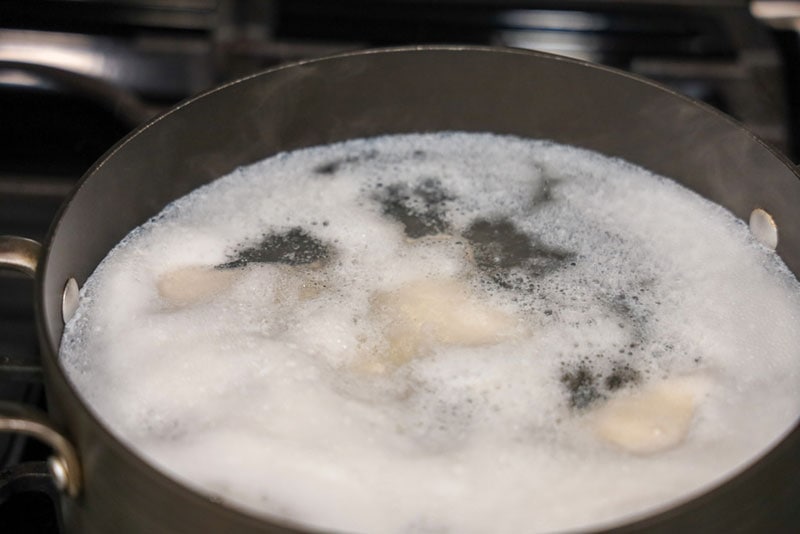
2. Take the Chicken Out of the Water, Then Let It Cool
Spreading the chicken out on a cooling rack can help it cool rapidly. You can save the broth for later use.
3. Remove Bones
You’ll now remove the bones, separate the meat, and cut the chicken into small pieces. The recommended size is 1 inch or less for medium and large breeds or half an inch or smaller for small canines.
It’s crucial to remove all the bones and discard them. Your dog’s esophagus, stomach, or intestines might be pierced by bone fragments if they consume them. Therefore, always ensure they can’t get to the cooked chicken bones in the chicken or the trash can.
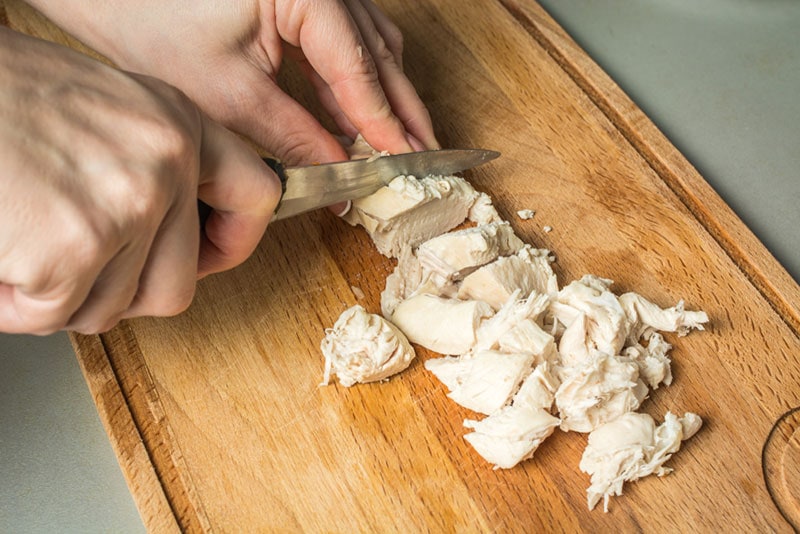
4. Skim Off the Fat From the Broth and Boil Again
After skimming off the fat from the leftover broth, pour the remaining liquid into a container and refill the pot with the chicken broth. If you cut off the chicken fat first, there may not be much fat to skim off. While you wait for the water in the pot to boil, start preparing the rice that’ll be cooked in the broth.
5. Use Chicken Broth to Cook the Rice
Rice can be rinsed in a bowl, a pan, or a rice cooker insert. Remember to rinse it multiple times until the water is clear. Put the cup of rice into 2 cups of the chicken broth after the water has boiled for a while. Then, bring it back to a boil before reducing the heat. Cook for 20 to 25 minutes with a tight-fitting cover (brown rice may require 40 to 45 minutes, but again, we recommend using only white rice since it is easier to digest). When it’s done cooking, the rice will be mushy and a bit soggy, and the water should have been absorbed.
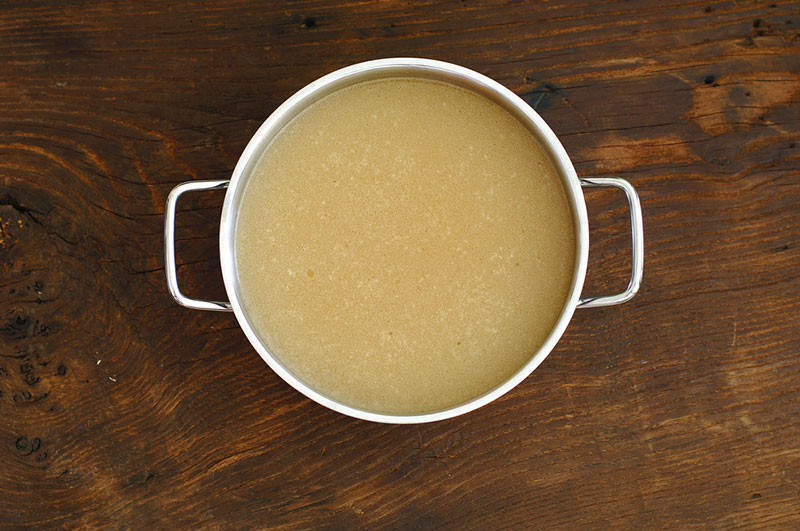

Chicken and Rice for Dogs: Dos and Don’ts
- Use homemade broth rather than store-bought broth, which may contain additives. The latter will usually include meat and vegetables, which means it might have spices like garlic and onions. Neither of those is safe for your dog to consume.
- Call your veterinarian if you have any concerns or if your pet seems to be getting worse or still has diarrhea after a couple of days on a chicken and rice diet.

- Although some veterinarians advise using brown rice, its extra fiber can make food more difficult to digest, so don’t use it if your pup has stomach issues. Long-grain white rice works best for calming an upset stomach.
- If your pet has any medical issues, you should not substitute their regular food for chicken and rice unless your veterinarian recommends it.
- The chicken and rice recipe aims to ease your dog’s stomach with straightforward, easy-to-digest foods, so don’t add additional ingredients.
Ratio
Since dogs come in different sizes and may be suffering from different health conditions, there is no single ideal ratio for a bland diet that suits all dogs. However, a commonly recommended short-term ratio is 2 parts cooked white rice to 1 part cooked, skinless chicken by volume. This 2:1 rice-to-chicken mixture is gentle on the digestive system, offering easily digestible carbohydrates for energy and lean protein to support recovery. While effective for managing acute gastrointestinal upset, it is important to keep in mind that this combination is not nutritionally complete and should not be used as a long-term diet without veterinary guidance.
If you need to speak with a vet but can't get to one, head over to PangoVet. It's our online service where you can talk to a vet online and get the advice you need for your pet — all at an affordable price!


Conclusion
Chicken and rice should not replace regular dog food since it’s not nutritionally complete. It is simply a short-term alternative, and starting with a small amount first is better to see if it works. Then, you can gradually increase the amount when your furry friend gets used to it.
Featured Image Credit: G-Stock Studio, Shutterstock



